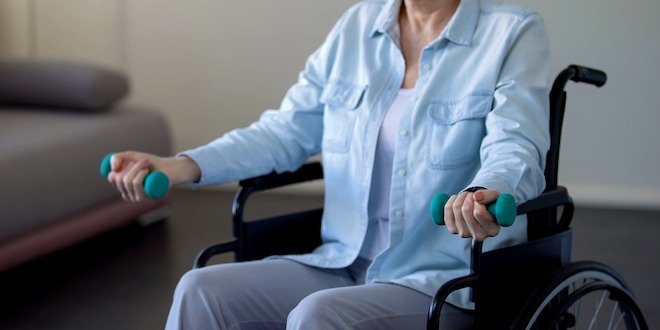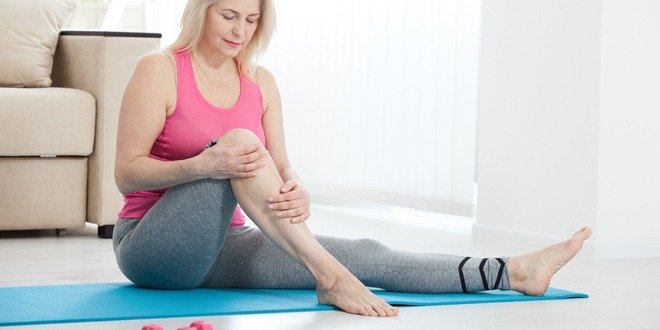
For those with diabetes and disabilities, physical activity can be a challenge. Many people with diabetes are living with the challenges of related complications such as nerve, vision and cardiovascular issues. Diabetes is the leading cause of non-traumatic lower limb amputation in Canadian adults. It is associated with approximately 70% of amputations performed in hospital.
Although there will be challenges, it is important to ensure that people living with diabetes-related disabilities engage in regular physical activity.
Lack of physical activity increases the risk of additional complications. Inactivity can also increase the loss of function, leading to greater challenges with activities of daily living (ADL), such as personal hygiene, getting dressed, or preparing meals. Over time, this can result in loss of independence for people living with diabetes and related disabilities.
In short, regular physical activity is an important tool to help maintain the health and quality of life for individuals with diabetes-related disabilities. Even brief periods of exercise can be beneficial.
Check out these disabilities physical activity tips and guidelines to help you, your family member or friend with diabetes engage in physical activity…conveniently and safely.
Start with a pre-check
It’s important to get the approval and guidance of the diabetes healthcare professional before a program of physical activity is started.
Your doctor or another member of the diabetes healthcare team will want to look at several factors, including blood glucose control and medication schedule, as well as the severity of the disability or disabilities and your overall health, including weight.
A stress test may be recommended to assess cardiovascular and respiratory status and help develop safe and healthy physical activity guidelines. Guidelines may include directions to avoid certain forms of physical activity.
Physical activity restrictions
Individuals living with diabetes-related disabilities may be advised to avoid some forms of physical activity.
Depending on the specific disability, physical activity restrictions may include:
- High-impact exercise. This is often not recommended for individuals with – or at high risk of – foot or lower leg complications (neuropathy or peripheral vascular disease, for example). It may also be contra-indicated for some people with kidney complications, who need to avoid spikes in blood pressure levels.
- High-effort overhead exercises and some resistance activities. Individuals with vision complications may be advised to avoid this form of physical activity. This is in order to avoid increasing blood pressure, which could cause further damage.
It is important for all individuals with diabetes to take special care of their feet during physical activity. Check before and after exercise to ensure there are no cuts, blisters or sores. For more information, see our article Physical activity and diabetes foot care.
Diabetes and disabilities physical activity ideas
- Aim for regular short intervals of physical activity rather than occasional bursts of strenuous exercise.
- Regular 30-minute periods of walking or wheeling a wheelchair can be an excellent basis for a physical activity program.
- Upper body exercises can help build strength. If approved by the diabetes healthcare team, hand weights can also be used.
- Stretching exercises can help improve the range of motion. Consider activities such as Tai Chi, yoga or pilates etc.
- Swimming or other aqua-exercises can be an excellent solution for those unable to comfortably walk or wheel.
- Talk to a physiotherapist about functional electrical stimulation. This stimulates the muscles with very low level electricity. It can be helpful for individuals who are unable to engage in regular forms of physical activity.
If you have general questions about physical activity for people with diabetes, check out our Physical activity and diabetes: Q&A.


